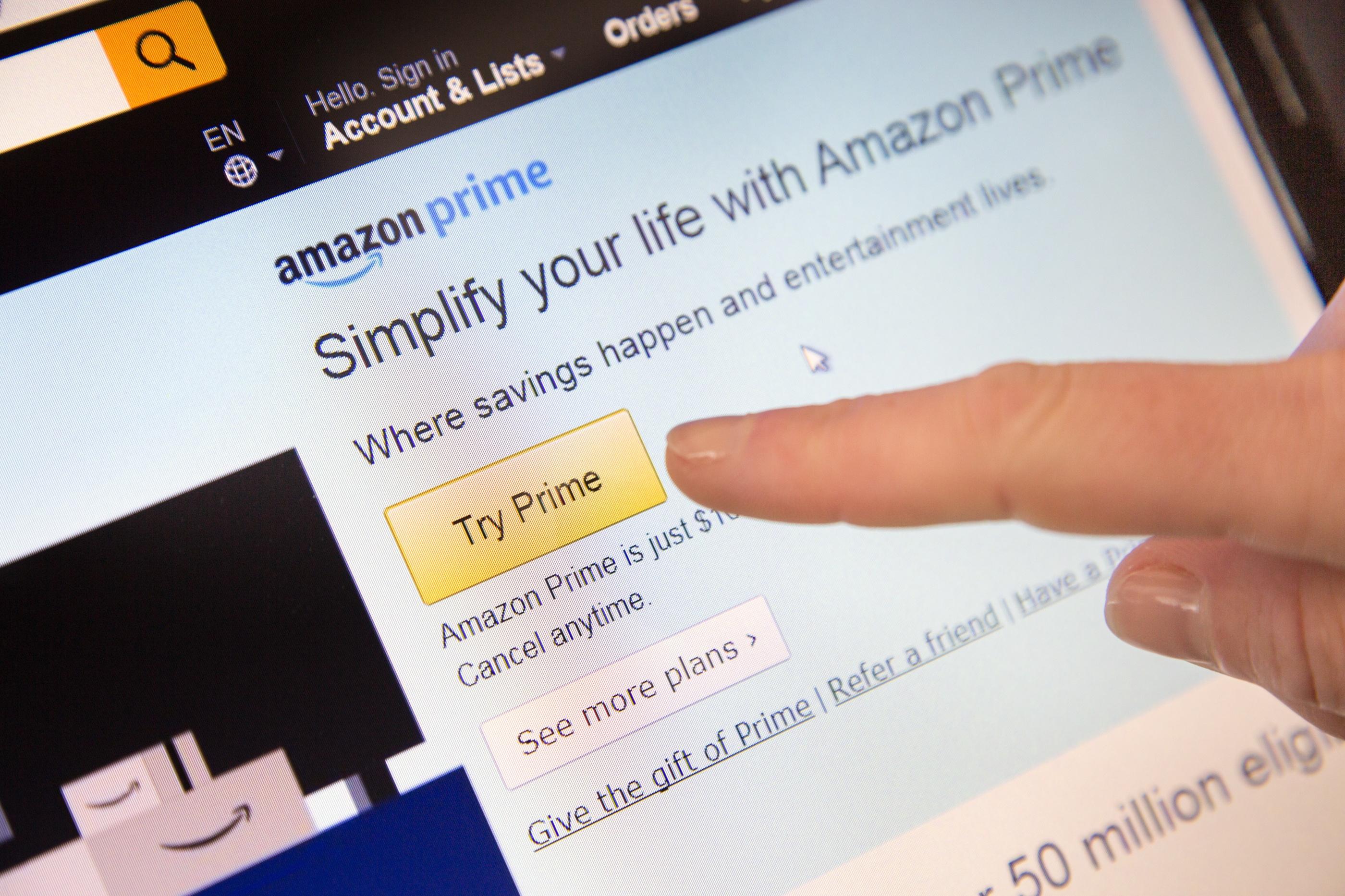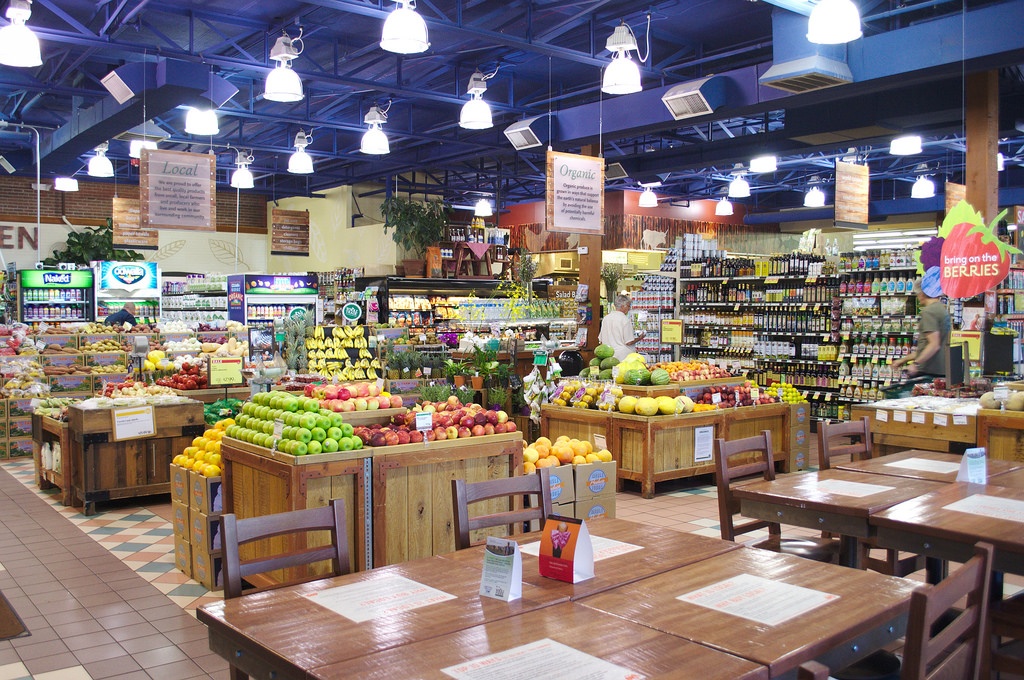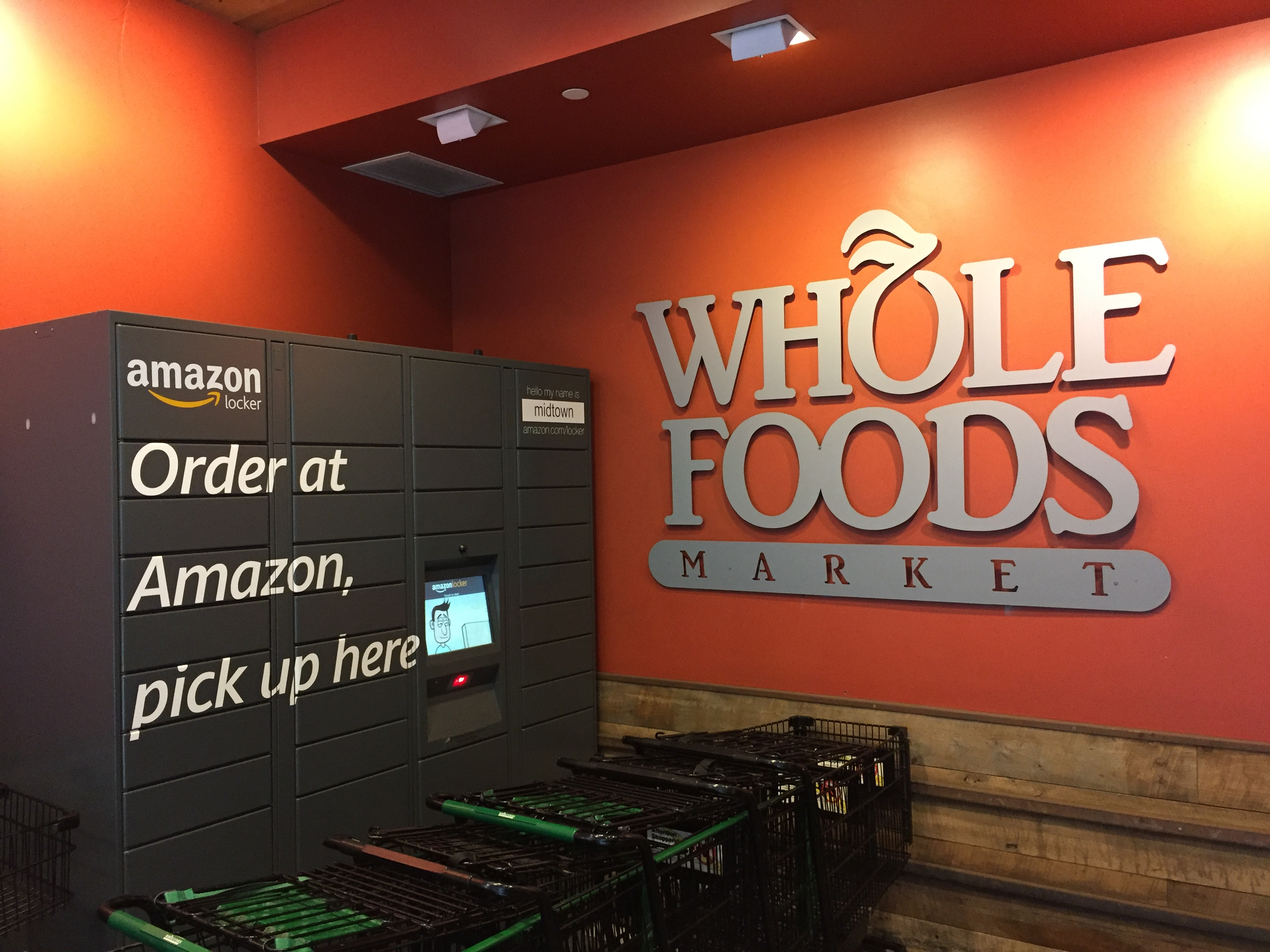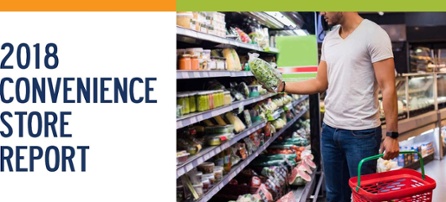When Amazon acquired Whole Foods, most people were asking the wrong questions. They were wondering how this would reshape Whole Foods, not how Amazon would use Whole Foods to reassert and refortify Prime. Any confusion about this should long have been laid to rest—Amazon is out to revolutionize grocery, sure, but not as a single discreet act but as part of its broader plan to revolutionize commerce in general.
Seem a bit grandiose? Well follow us through the grocery industry market research as we look for what changes Amazon hath wrought, what we can expect moving down the line, and what other grocers can do to stay competitive.
The Paramount Nature of Prime
Indeed, Prime is paramount. It is the cornerstone of Amazon's model—half rewards program, half subscription, the Prime model's significance cannot be overstated. It boils down to this: we pay them ~$100/year to buy stuff from them and hope they will also throw some cool stuff our way too. It's supposed to feel like it pays for itself in discounts and convenience, and that's why the pressure is always on Amazon to keep us Primed. Because once we are Primed, we spend more (and more often) than typical customers.
Video streams and photo prints (and yes, a whole bunch of other stuff) can only go so far towards world domination, however. It can't just be sizzle that consumers expect from Amazon, eventually Amazon must also deliver the (grass-fed) steak.
And that's where Whole Foods comes in—for existing Prime members, it is yet another perk that rationalizes their $100/year spend; for the UnPrimed, it is yet another inducement to finally jump on Bezos bandwagon (we will get into those inducements in a minute). Either way, it is a powerful motivator. Consider that before the acquisition was finalized, Morgan Stanley estimated that 3/5 Whole Foods Customers were already Prime members. The firm estimated that by 2019, that number would be 4/5.
Rolling out Whole Foods discounts and free deliveries will add a nice shine to Prime, and this seems to be Amazon's strategy moving forward: use Whole Foods to illuminate Prime, not vice-versa.
And that's why every new move for Whole Foods is framed through Prime. “The grocery chain becomes just another range of products delivered through Prime,” one analyst noted. “Some loyalists who value the uniqueness of Whole Foods may rebel against this transformation. But I predict most consumers will value the convenience and benefits of Prime.”
That seems likely—an IRI Market Shift Study showed Prime’s benefits will likely motivate 60% of Whole Foods customers with Amazon Prime accounts to buy more at Whole Foods stores.

Competitive Pricing or Pricing Out the Competition?
When the acquisition went through, some of our colleagues did a quick fist pump—they figured with Amazon being Amazon, Whole Foods products would soon perhaps cost less than a whole paycheck. While it is true that Amazon did, to great fanfare, reduce prices on staple items, it seems those were "getting to know you" prices. Many of the rollbacks have been rolled right back up.
Indeed, a recent study conducted across the Los Angeles market revealed that prices had remained wholly unchanged since January. Whole Foods has not gotten cheaper under Amazon.
Now comes news that, over the next week, they will discontinue their Rewards Pilot Program, their digital coupons, their in-store monthly ad, and a host of other digital services including digital recipe boxes and shopping lists. Their website promises something "special" is on the way to replace these early favorites (and yes, that something special is exclusively for Prime members).
We all know that Amazon doesn't throw the word "special" around willy nilly, so speculation has already started—what could the father of Alexa deliver next to us grocery shoppers?
Discounts, it seems. CNBC has already reported on preview banners advertising 10% discounts for Prime members on a whole host of Whole Foods products. While the discounts have yet to go live, it seems that this is one of the 'special' cards Amazon is looking to play for its Prime members. And this makes sense. Again, for Amazon, it's not about making Whole Foods more appealing to the masses, it's about using Whole Foods' physical and reputational arsenal to make Prime more appealing.
Delivery and Deliverables
Amazon also recently announced that Prime members will receive free 2-hour delivery on Whole Foods grocery orders totaling more than $35 through Prime Now. Distinct from Prime Fresh and Amazon Pantry, Prime Now gets goods to customers in under two hours; adding Whole Foods' fresh and organic produce, bakery, dairy, meat, seafood, floral, everyday staples, and locally sourced products to the list certainly makes this Prime perk more appetizing.
The free two-hour delivery is now available Los Angeles, San Francisco, Orange County, San Diego, Dallas, Atlanta, Austin, Cincinatti, Denver, Sacramento, and Virginia Beach. This list, like everything Amazon touches (ok, not everything) will obviously expand. Amazon is expanding its 2-hour grocery delivery powers, using Whole Foods as, well, cold storage for lack of a better word, increasing its delivery radius in ways not possible without an urban grocery footprint.
We're Gonna Need a Bigger Store
All that delivery traffic is gonna be a headache for a typical Whole Foods (which never seem to come attached to a whole parking lot) and so Amazon is already preparing to expand. Big time.
They currently are looking to convert some of their existing parking lots into delivery points, where contractors can quickly pull up, pick up prepared grocery orders, and quickly depart. But this isn't going to be a terribly popular move for in-store shoppers who frequently complain about the minimal parking found in many urban Whole Foods.
So, as they look to open new Whole Foods in areas densely populated with existing Prime members, they want these Whole Foods to be huge, like twice as big. Indeed, new Whole Foods will be roughly 80,000 sq/ft, notably double the existing standard, roughly 40,000 sq/ft. And with that expanded space will come more parking, and delivery points.
But what else do they plan to do with all this space?
A lot of it will go towards more deeply integrating it into the Amazon Prime universe—more space for return and pickup lockers, kiosks featuring Amazon's most popular consumer electronics, and yes, allowing more space for its burgeoning delivery operation. This allows for primo Prime cross polination—grocery shoppers will browse Amazon devices along with their produce, and Prime members will browse Whole Foods as they use the store as an IRL Amazon destination.
They may also look to integrate non-grocery delivery into Whole Foods. Think about it—cities are surrounded by Amazon's enormous distribution centers, but these rarely penetrate into cities themselves—they are far too big and it would be far too costly. But with existing urban real estate in the form of Whole Foods markets, Amazon could look to migrate some of its most popular items within particular markets into the city to accelerate delivery.

A Competitive Analysis
Discounts on famed private label goods? Free 2-hour delivery? What is a competitor to do? First, don't overestimate the situation. Yes, Amazon is pushing into grocery and yes this is terrifying. But their domination is not a forgone conclusion.
Right now, it is as if they have every piece they need to build something remarkable, they just don't necessarily know how to assemble it yet. So, even as we type and you read these words, they are no doubt conducting exhaustive rounds of qualitative and quantitative market research, finding the optimal omnichannel balance while they build a Prime product that cross pollinates all its retail brands.
While we can't know what they have in store for their in-store, we still see some opportunities for competitors.
For example, as Amazon erodes Whole Foods unique identity and ultimately consumes it, there will be space in the market for an experiential, wholesome, and locally driven grocer. Said simply, the hipsters will need a new place to shop—one can already imagine their cries against corporatization, national supply chains, and alienation.
But whatever you do, do it with urgency and with accuracy. Because, again, in the amount of time it took you to read this sentence, Amazon just ran another focus group.


